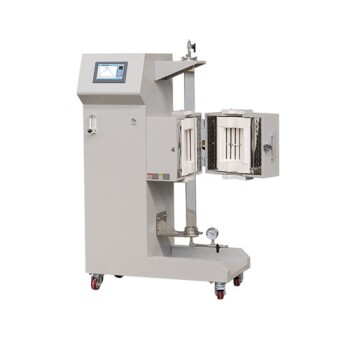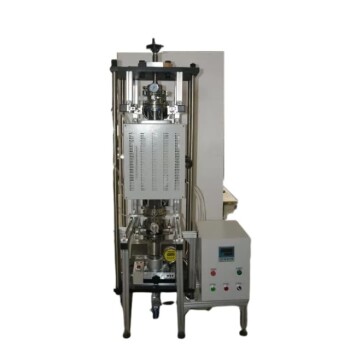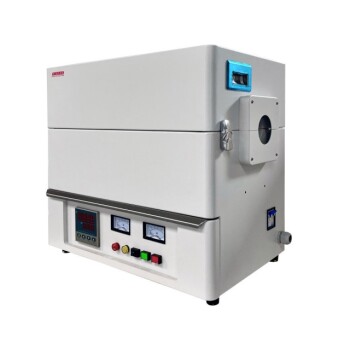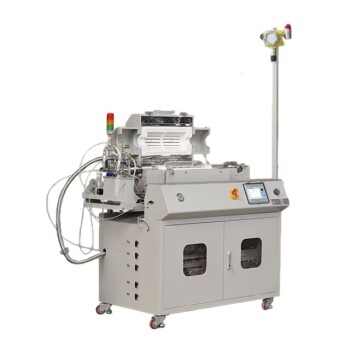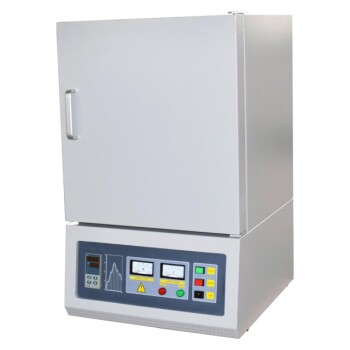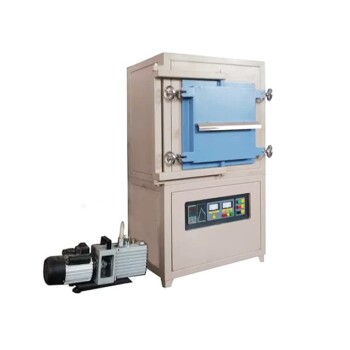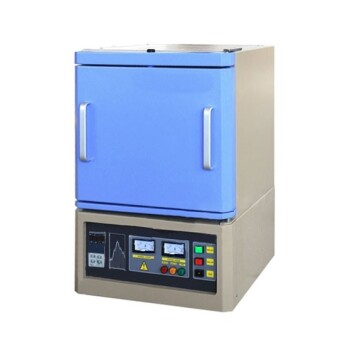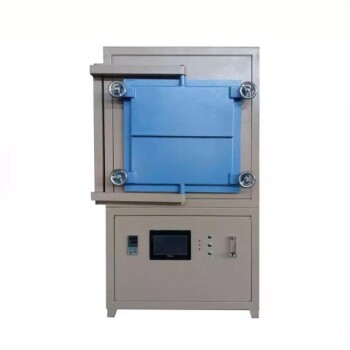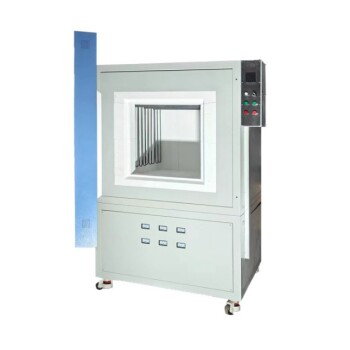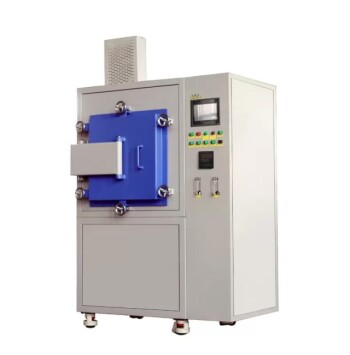At their core, ultra-low temperature (ULT) freezers are designed to store a wide range of sensitive biological materials. These most commonly include cells, tissues, organs, and critical biomolecules such as DNA, RNA, and proteins, as well as high-value pharmaceuticals like vaccines. The primary purpose is to halt virtually all biological activity, ensuring the long-term viability and integrity of these invaluable samples.
Ultra-low temperature storage is not just about keeping things cold; it's about pausing time at a molecular level. By maintaining temperatures around -80°C, these freezers prevent the enzymatic and metabolic processes that would otherwise degrade sensitive biological specimens, rendering them useless for research, diagnostics, or therapeutic use.
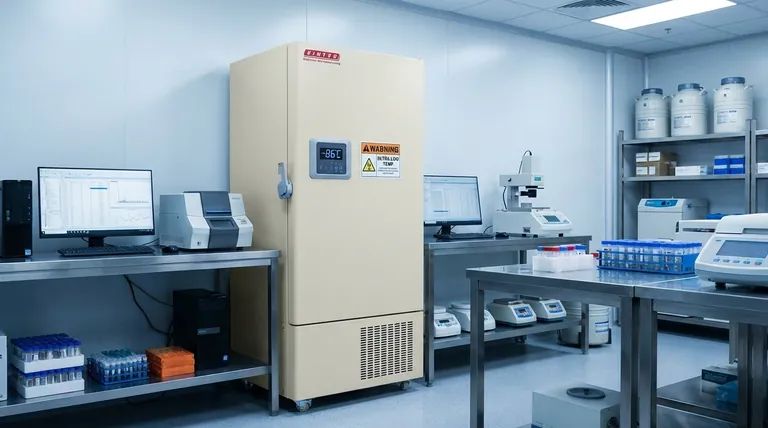
The Core Principle: Halting Biological Decay
The fundamental reason for using a ULT freezer is to cross a critical temperature threshold where the biological processes that cause decay effectively stop. This ensures that a sample's condition remains unchanged between the moment it is frozen and the moment it is thawed.
Why -80°C is the Standard
At standard freezer temperatures of -20°C, many enzymatic reactions can still occur, albeit slowly. Over weeks and months, this leads to the degradation of sensitive molecules like RNA and proteins.
ULT freezers push the temperature down to a range of -70°C to -86°C, which is low enough to arrest almost all enzymatic activity and prevent the formation of ice crystals that can damage cellular structures.
Preserving Sample Integrity
For a researcher, clinician, or pharmacist, sample integrity is non-negotiable. Whether it's a patient biopsy, a decade's worth of research samples, or a batch of life-saving vaccines, any degradation can invalidate results or destroy the material's value entirely.
A Breakdown of Common Specimen Types
ULT freezers are used across medicine, biotechnology, and forensic science. The materials they store can be grouped into several key categories.
Cellular and Tissue Samples
This is the broadest category and includes materials where the preservation of complex cellular structures is paramount. Examples include living cells, human or animal tissues, organ samples, and autopsy materials. These are foundational to medical research, diagnostics, and biobanking.
Molecular Components
Many modern biological applications rely on the analysis of individual molecules. ULT freezers are essential for storing these fragile components, which include:
- DNA and RNA: For genetic sequencing, disease research, and diagnostics.
- Proteins and Enzymes: For proteomic studies and biochemical assays.
- Oligonucleotides: Short DNA or RNA molecules used in a variety of research applications.
Pharmaceuticals and Biologics
The stability of many advanced medical products is directly dependent on ultra-low temperatures. This category includes vaccines (most notably mRNA vaccines like those for COVID-19), biopharmaceuticals, antibiotics, and other temperature-sensitive drugs.
Specialized Research and Forensic Materials
ULT freezers also serve unique needs in specific fields. This includes the long-term storage of plant samples for agricultural research, insect artifacts, and crucial forensic evidence where preserving the original state is a legal and scientific requirement.
Understanding the Trade-offs and Risks
While essential, relying on ULT storage introduces its own set of operational challenges and risks. Understanding these is key to managing a successful long-term storage program.
The Critical Cost of Failure
The contents of a single ULT freezer can represent millions of dollars in research or irreplaceable patient samples. A power outage or equipment malfunction without a proper backup and alarm system can result in a catastrophic loss.
This is why features like temperature alarms, backup CO2 or LN2 systems, and robust construction are not luxuries but necessities.
Upright vs. Chest Freezers
The physical design of the freezer presents a trade-off. Upright freezers offer easy, organized access to frequently used samples but can lose cold air more quickly when opened.
Chest freezers are more thermally efficient and better for long-term, undisturbed storage, but accessing specific samples at the bottom can be difficult.
Niche Non-Biological Applications
While overwhelmingly used for biologicals, ULT freezers are occasionally used in engineering and manufacturing. They can perform performance testing on mechanical or electronic parts that must operate in extremely cold environments, such as in the aerospace industry.
Making the Right Choice for Your Goal
The decision to use a ULT freezer is driven by the specific preservation requirements of the material you are working with.
- If your primary focus is the long-term viability of living cells or tissues: ULT storage is non-negotiable to prevent ice crystal damage and maintain cellular function upon thawing.
- If your primary focus is preserving molecular structure (DNA, RNA, proteins): ULT freezing is the only way to reliably halt the enzymatic activity that will degrade these molecules over time.
- If your primary focus is ensuring the efficacy of advanced biologics: You must adhere to the manufacturer's storage requirements, which often mandate ULT conditions to maintain molecular stability.
Ultimately, the ultra-low temperature freezer acts as a vital safeguard, protecting the materials that drive modern scientific and medical advancement.
Summary Table:
| Category | Examples of Materials Stored | Key Purpose |
|---|---|---|
| Cellular & Tissue Samples | Living cells, human/animal tissues, organs, biopsies | Preserve cellular structure and viability for research and diagnostics |
| Molecular Components | DNA, RNA, proteins, enzymes, oligonucleotides | Halt enzymatic degradation for genetic and proteomic studies |
| Pharmaceuticals & Biologics | Vaccines (e.g., mRNA), biopharmaceuticals, antibiotics | Maintain stability and efficacy of temperature-sensitive drugs |
| Specialized & Forensic Materials | Plant samples, insect artifacts, forensic evidence | Ensure long-term preservation for legal and research integrity |
Protect your critical samples with the right ultra-low temperature solution. At KINTEK, we specialize in providing reliable lab equipment and consumables tailored to meet the demanding storage needs of research, clinical, and pharmaceutical laboratories. Whether you're preserving cells, vaccines, or sensitive biomolecules, our ULT freezers are designed for maximum sample integrity and operational safety. Don't leave your invaluable materials to chance — contact our experts today to find the perfect storage solution for your laboratory!
Visual Guide
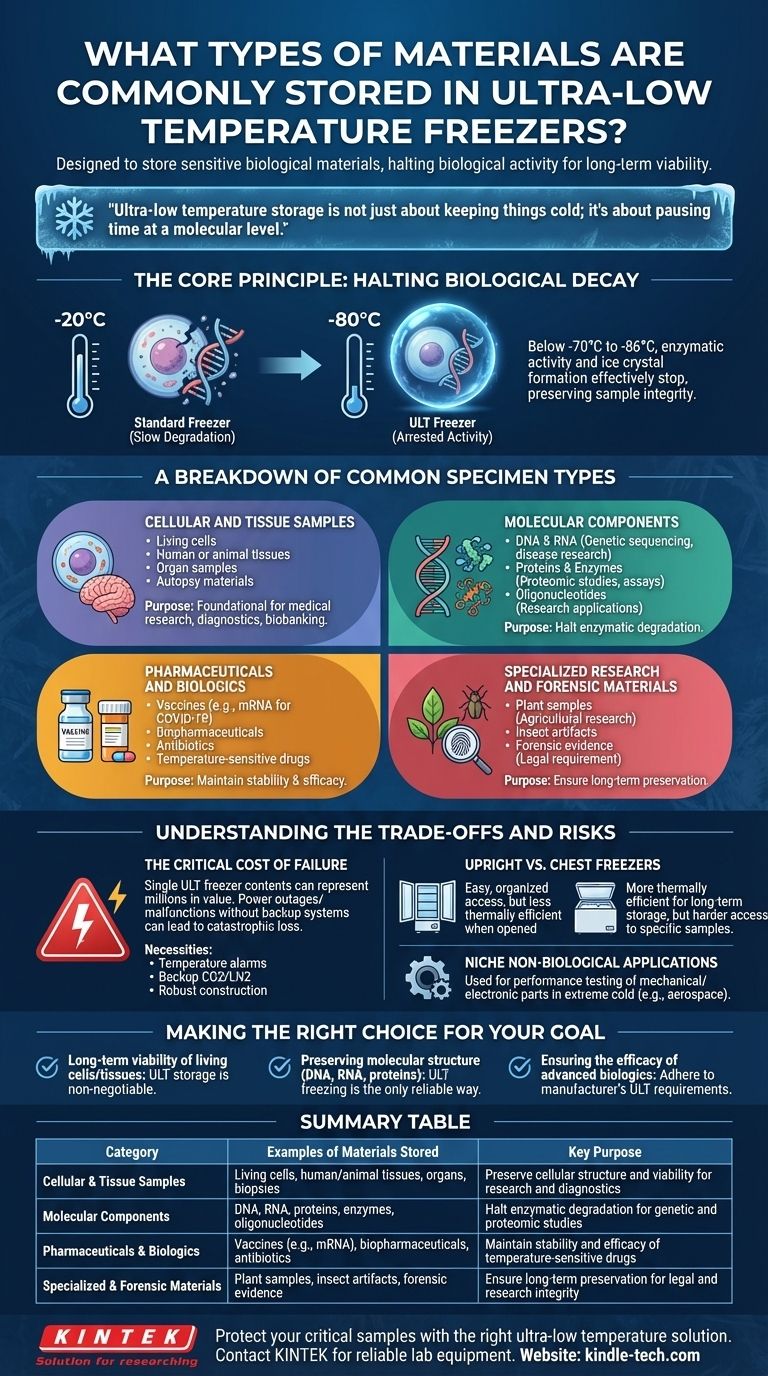
Related Products
- 608L Essential Laboratory Ultra Low Temperature Freezer For Critical Sample Preservation
- 808L Precision Laboratory Vertical Ultra Low Temperature Freezer
- 28L Compact Upright Ultra Low Temperature Freezer for Laboratory
- 158L Precision Vertical Ultra Low Freezer for Laboratory Applications
- 938L Vertical Ultra Low Temperature Freezer for Advanced Laboratory Storage
People Also Ask
- In what fields are ultra low temperature freezers most commonly used? Essential for Biomedical, Clinical, and Research Labs
- What temperature range do Ultra-Low Temperature freezers maintain? The -80°C Standard for Sample Integrity
- Where are ultra low temperature freezers commonly used? Essential for Labs, Hospitals, and Biotech
- What are the common designs of ultra-low temperature freezers? Upright vs. Chest Models for Your Lab
- What advantages do ultra-low temperature freezers offer? Ensure Long-Term Sample Integrity and Reliability








